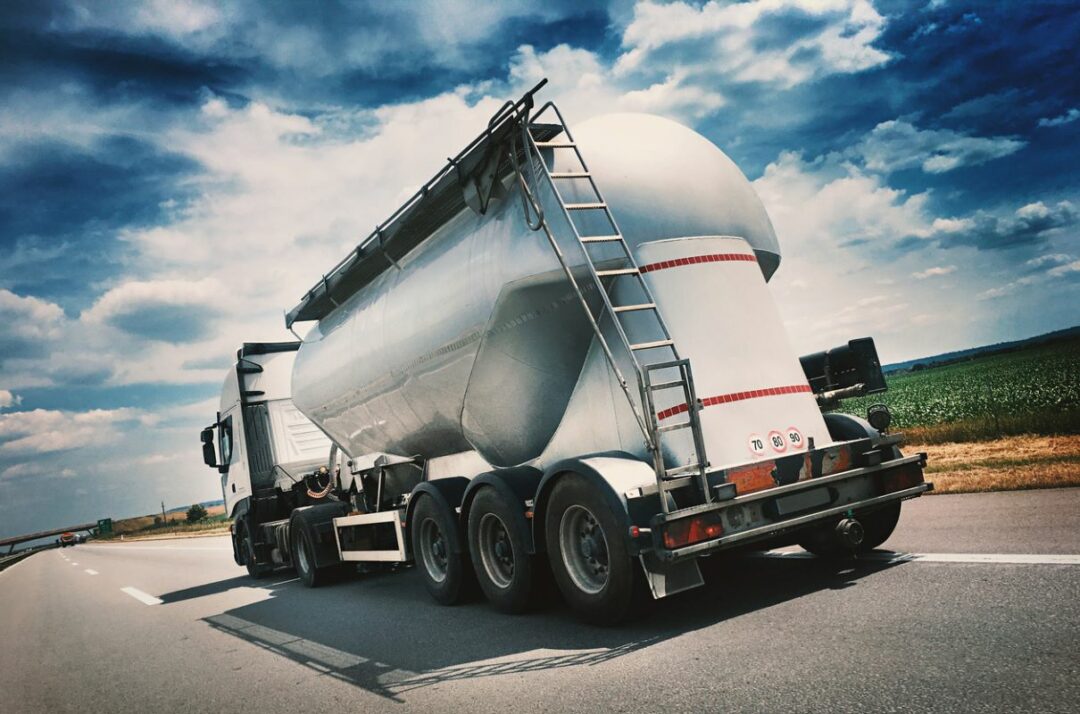
Visit Our Sponsors |
|
|
|
|
|
|
|
|
|
|
|
|
|
|
|
|
|
|
|
|
|
|
|
|
|
|
|
|
|
|
|
|
|
|
|
|
|
|

Photo: iStock/gilaxia
 Analyst Insight: Truck fleets are struggling to keep their carbon footprints down without grants and subsidies. But they can seek help from telematics data, analytics, and targeted training programs —all driven by artificial intelligence — rewarding drivers for safe, fuel-efficient practices.
Analyst Insight: Truck fleets are struggling to keep their carbon footprints down without grants and subsidies. But they can seek help from telematics data, analytics, and targeted training programs —all driven by artificial intelligence — rewarding drivers for safe, fuel-efficient practices.
Trucking companies in the U.S. can barely catch a break. Global pressure to lower carbon emissions puts pressure on fleet owners to upgrade diesel trucks for their more expensive electric vehicle (EV) counterparts, or to retrofit engines for hydrogen-powered or renewable fuel options. Yet President Donald Trump has gummed up the works, at least temporarily, by suspending the $5 billion NEVI charging station program approved by Congress during the Biden administration.
Emissions are surging, and spending is plummeting. According to the latest U.S. Bank Freight Payment Index, 2024 fourth-quarter shipment volume was down 4.7% compared to the previous quarter, while consumer spending dropped 2.2%. With thin margins, fleet owners need to find finances to purchase eco-friendly fleets. U.S. truck freight emissions are set to increase significantly: total emissions are forecast to rise by 7% in 2025. Without grants and subsidies, how can fleets affordably keep their carbon footprint down?
Analyzing fleet metrics with AI can help fleets reduce fuel use by 1 gallon per 189 miles. While this may sound small, the impact is massive. Considering there are 3.5 million truck drivers in the U.S. alone, each completing an average of 715 miles per day, that’s a national saving of more than 13 million gallons of fuel a year.
Here’s how.
Leverage Your Engine Sensor Data in Planning
It has become standard to build modern trucks with sensors that monitor tire pressure, engine health, fuel levels, and more recently, driver behavior. The market for global sensors and monitors for commercial vehicle fleet management is projected to reach $2.72 billion by 2032 from $1.19 billion in 2023.
When trucking companies cross-analyze fuel levels with factors including engine performance, vehicle type, load weight, road terrain, and driver behavior, they gain in-depth fuel consumption intelligence.
A fully loaded truck on hilly terrain consumes significantly more fuel than on flat highways. However, a smaller truck may be fuel-efficient for light loads but inefficient when overloaded, forcing the engine to work harder. Studies have indicated that the addition of a 250lb load to light-duty vehicles (LDVs) can lead to a 5–9 % increase in fuel consumption.
Conversely, a larger truck on flat land may waste fuel if it’s under-loaded. By correlating engine performance with load weight and terrain, companies can identify the most fuel-efficient routes and vehicle configurations. Planning teams should also bear in mind the tire pressure when reviewing insights: underinflated tires increase rolling resistance, forcing the engine to burn more fuel.
Adjusting load distribution or switching to a different truck type could reduce costs. AI can recommend alternate routes and vehicles that balance distance and fuel efficiency, even if the routes are slightly longer but have fewer inclines.
Implement Driver Training and Reward Programs
Besides matching the right loads to trucks and optimizing routes, plenty can be done with the help of the drivers themselves to improve fuel efficiency. Trucking companies can use analytics intelligence to create targeted training and reward drivers for safe, fuel-efficient practices.
Trucks left idling while searching for parking, at rest stops, at traffic lights, or during deliveries near warehouses and distribution centers waste roughly 6 billion gallons of fuel at an estimated cost of $20 billion each year in the U.S. From an environmental standpoint, this translates to 180,000 tons of nitrogen oxides (NOx), plus particulate matter and other air pollutants.
By using AI to help identify excessive idling, trucking companies could set up automated alerts to remind drivers of the fuel impact in real time. The same applies for frequent gear shifts (common in urban areas). Progressive shifting — upshifting early during acceleration to stay within the engine's optimal torque range — or staying in higher gears reduces fuel usage. AI can detect if drivers shift too aggressively.
In addition, driving at higher speeds significantly increases fuel usage, especially with heavy loads. Data shows that reducing highway speeds from 75 mph to 65 mph saves 18% on fuel without significantly increasing delivery time. It's important to consider headwinds and poor aerodynamics (such as open flatbeds) which can also skew figures, especially when driving fast. Cross-analyzing driver behavior, vehicle type, terrain and weather can help set optimal speed policies and incentives for consistently meeting them.
While the transition to electric or alternative fuel trucks faces many obstacles, AI offers a solution to reduce fuel consumption right now. By leveraging engine data to optimize routes and by training drivers, the U.S. trucking industry can make incremental steps toward a more sustainable operation, saving costs and reducing carbon footprint along the way.
RELATED CONTENT
RELATED VIDEOS
Timely, incisive articles delivered directly to your inbox.






